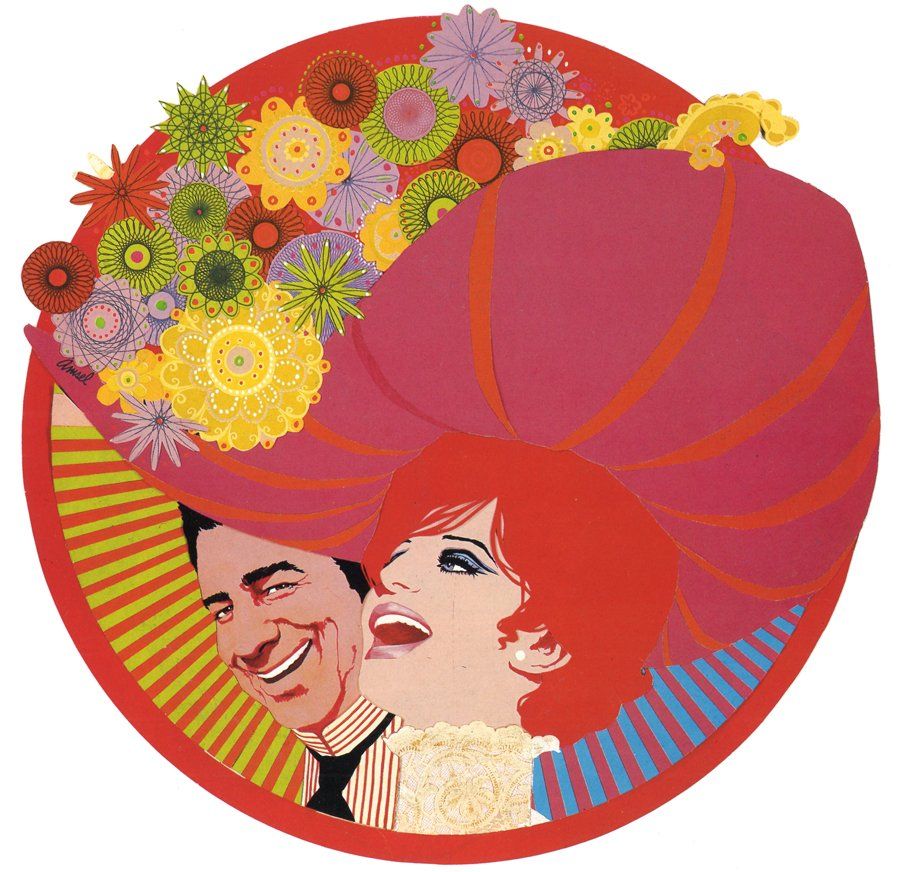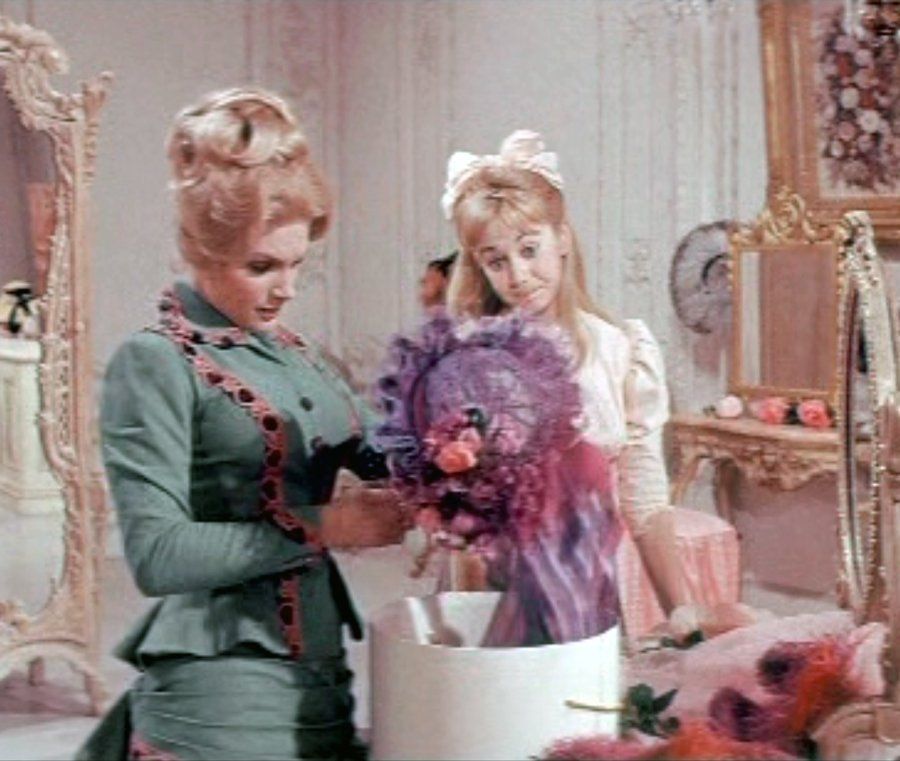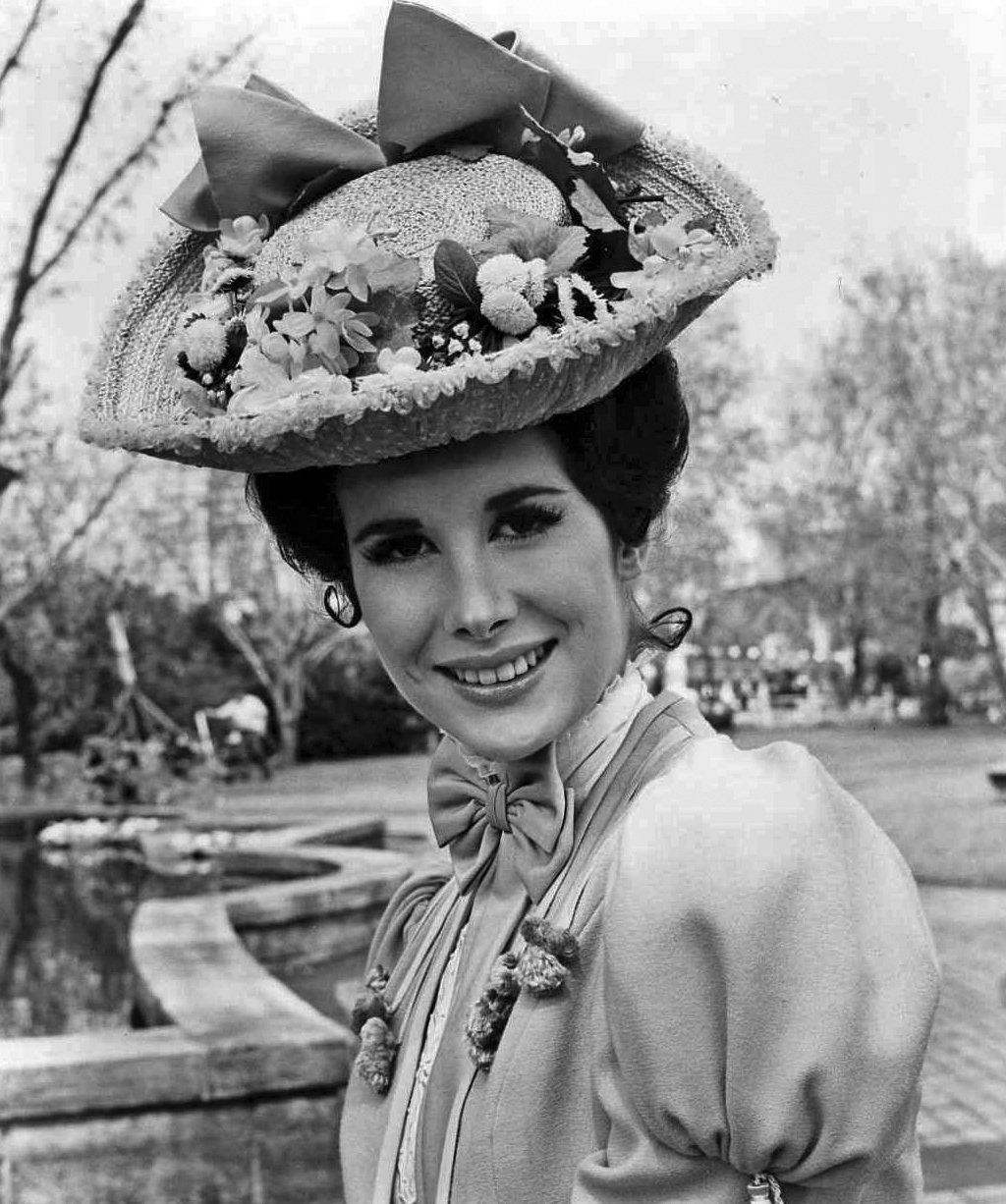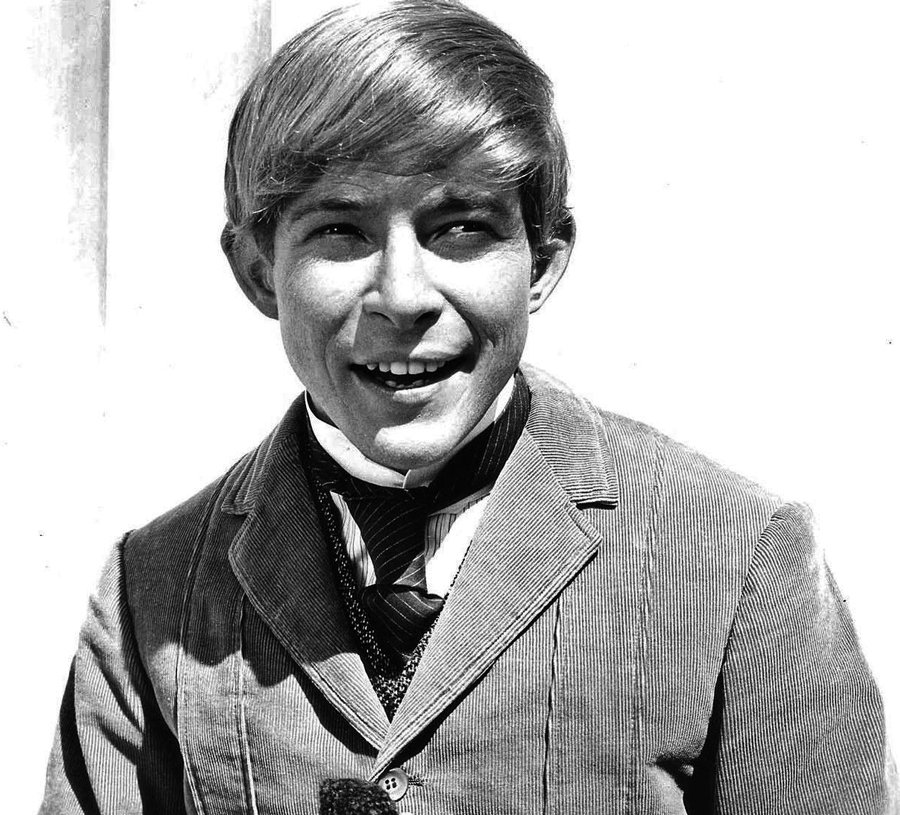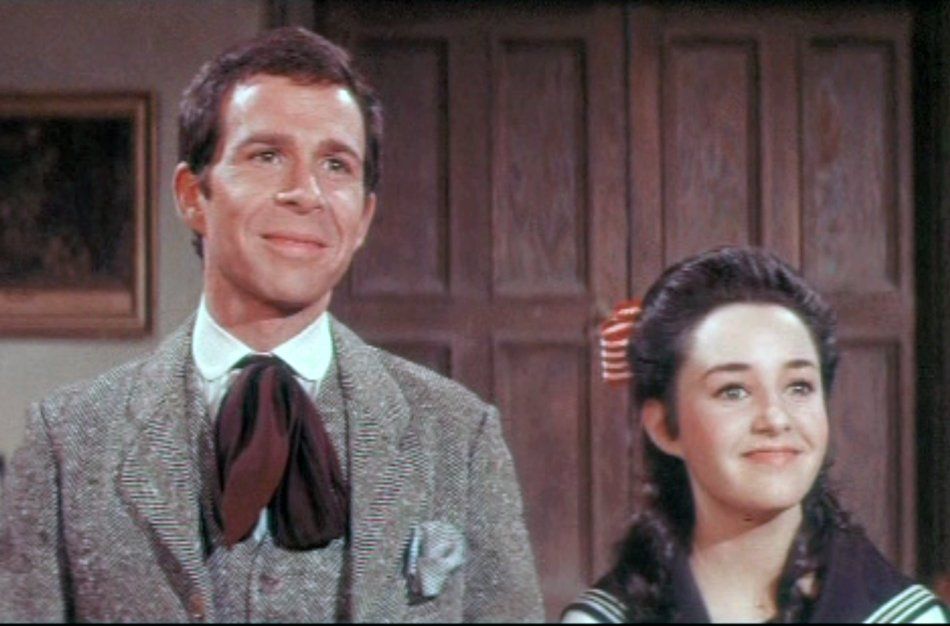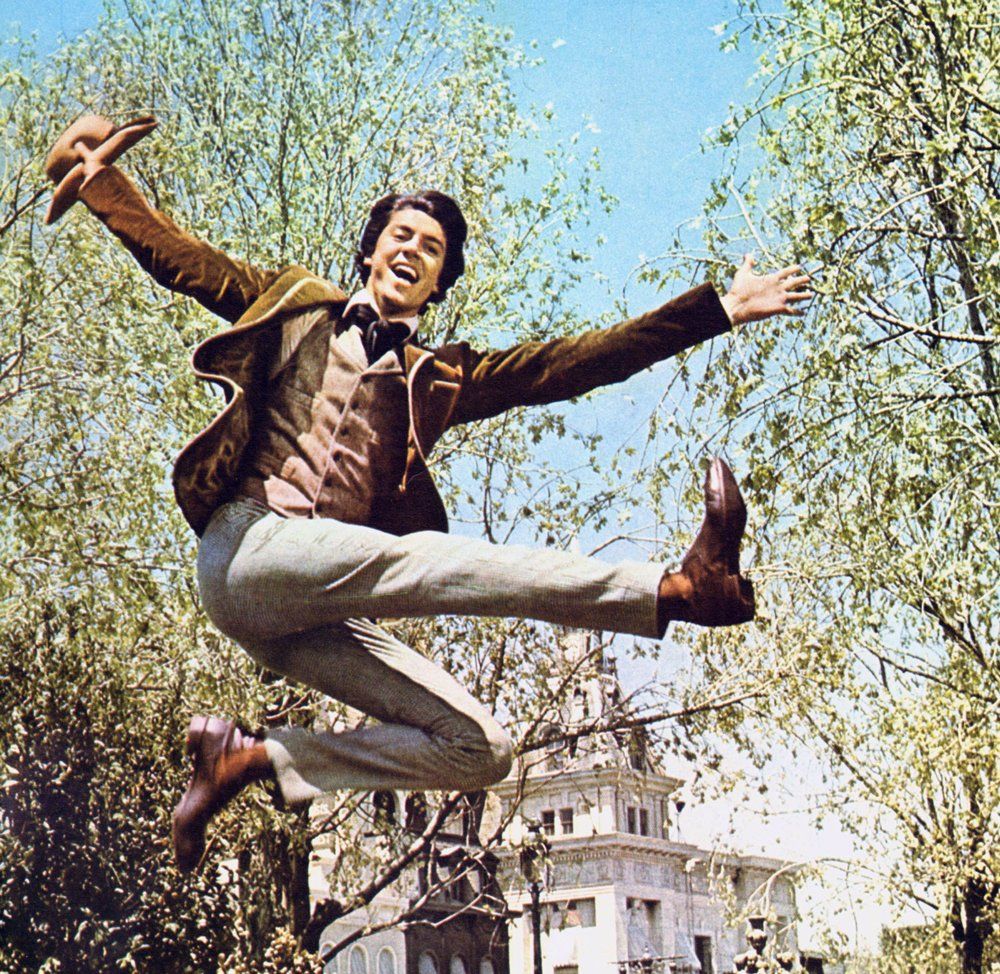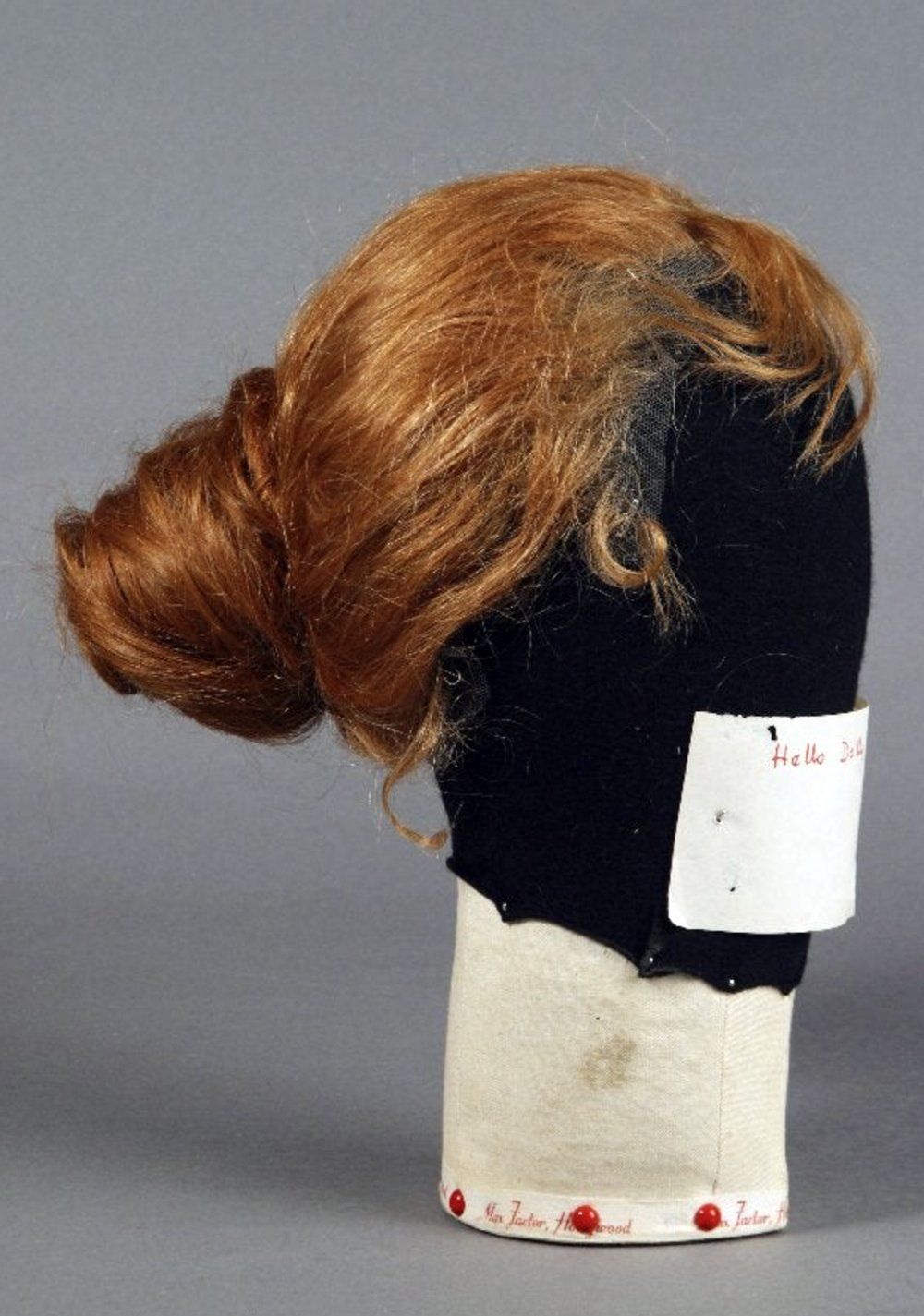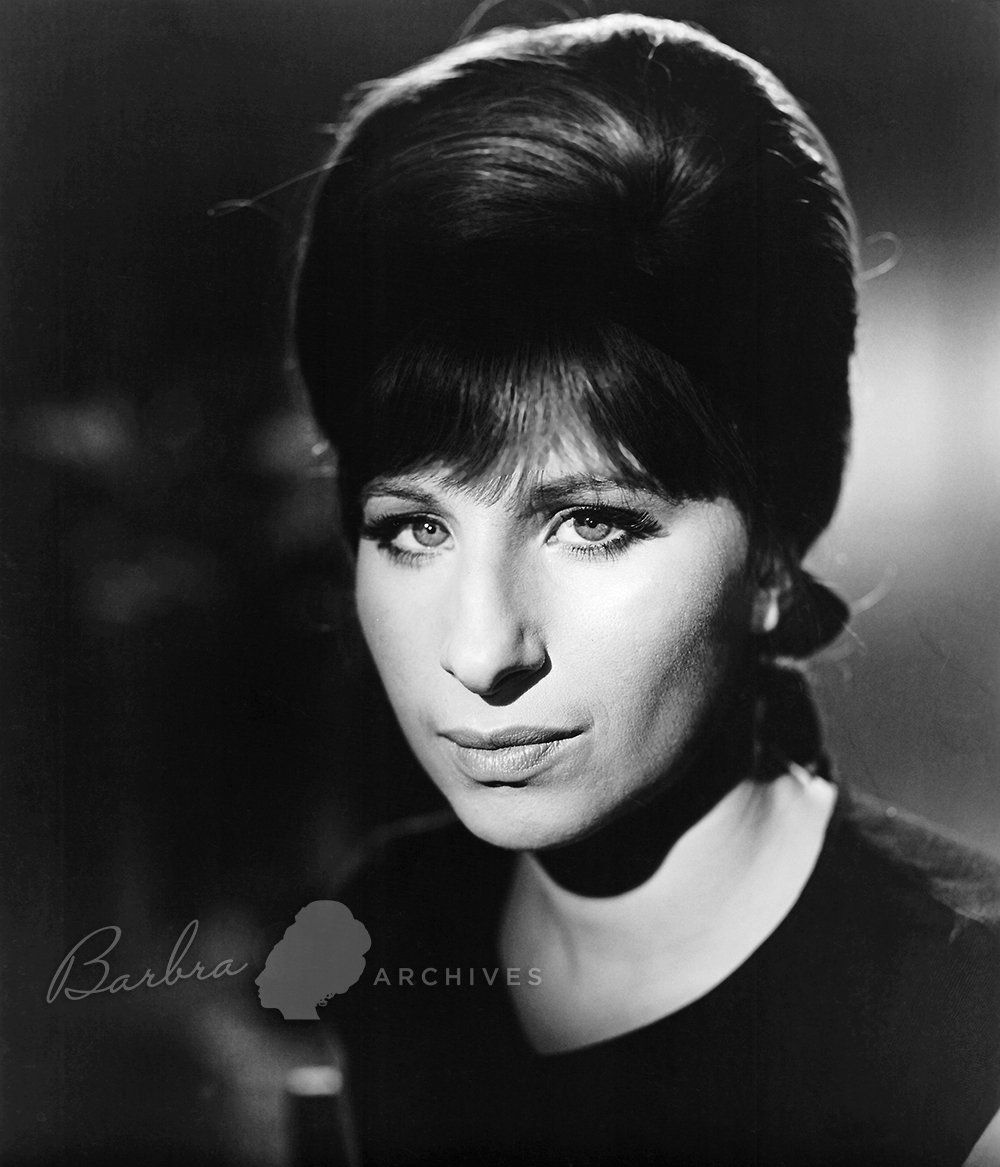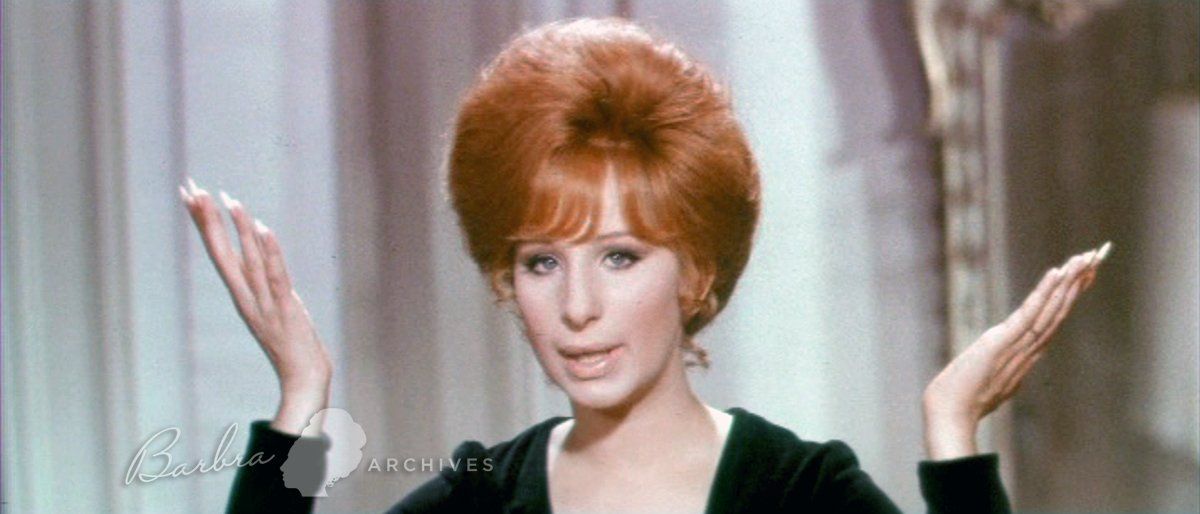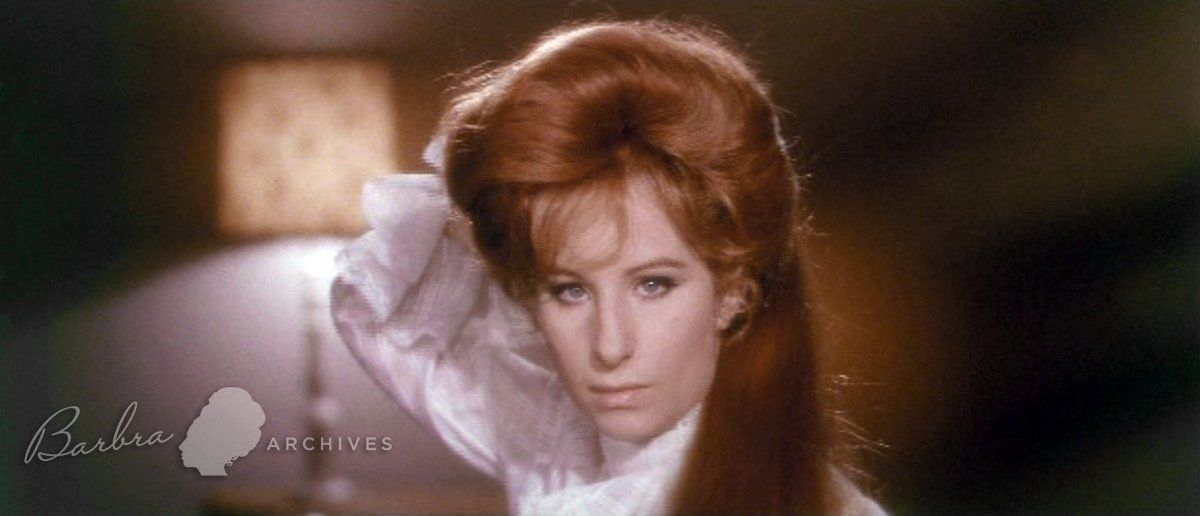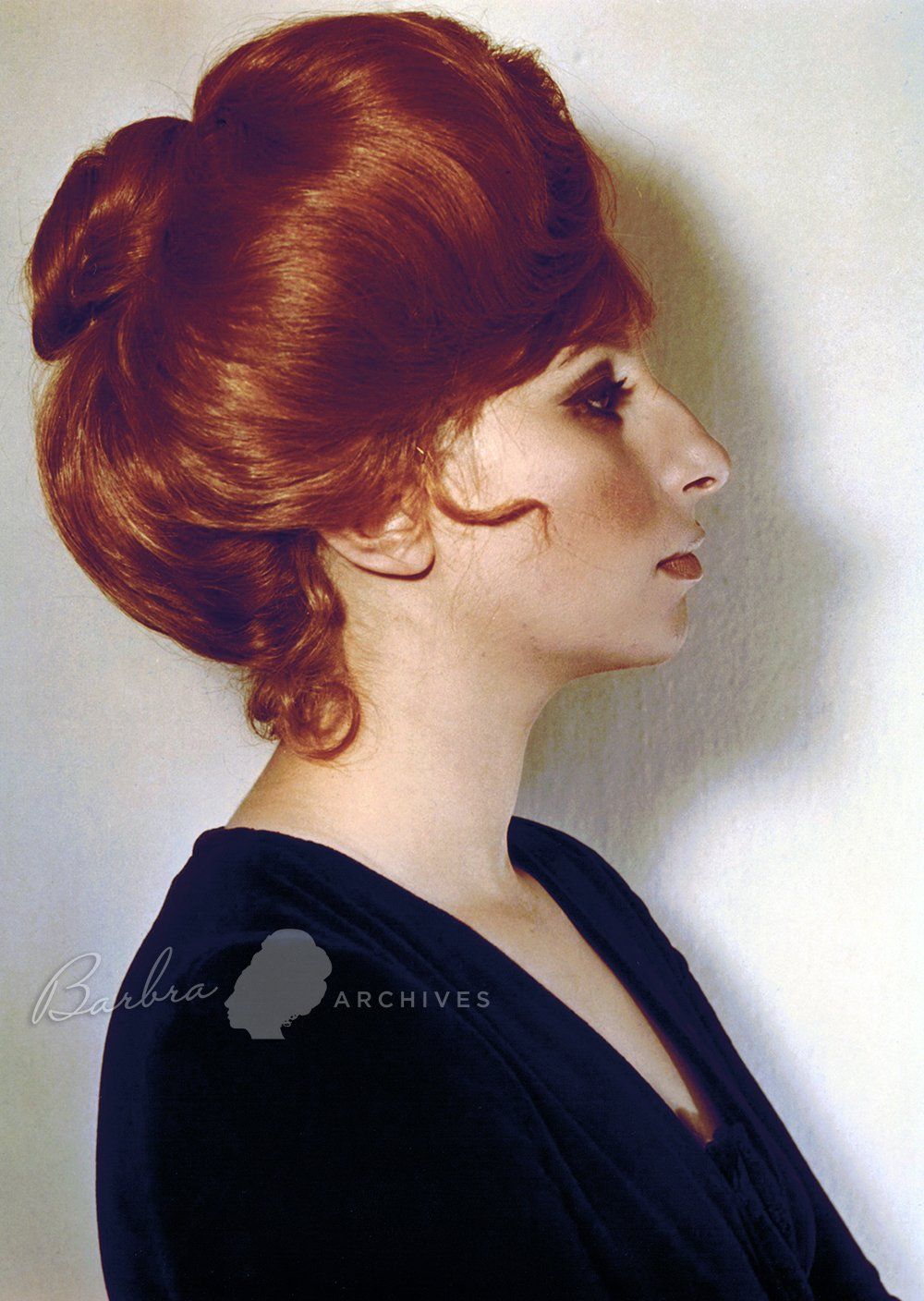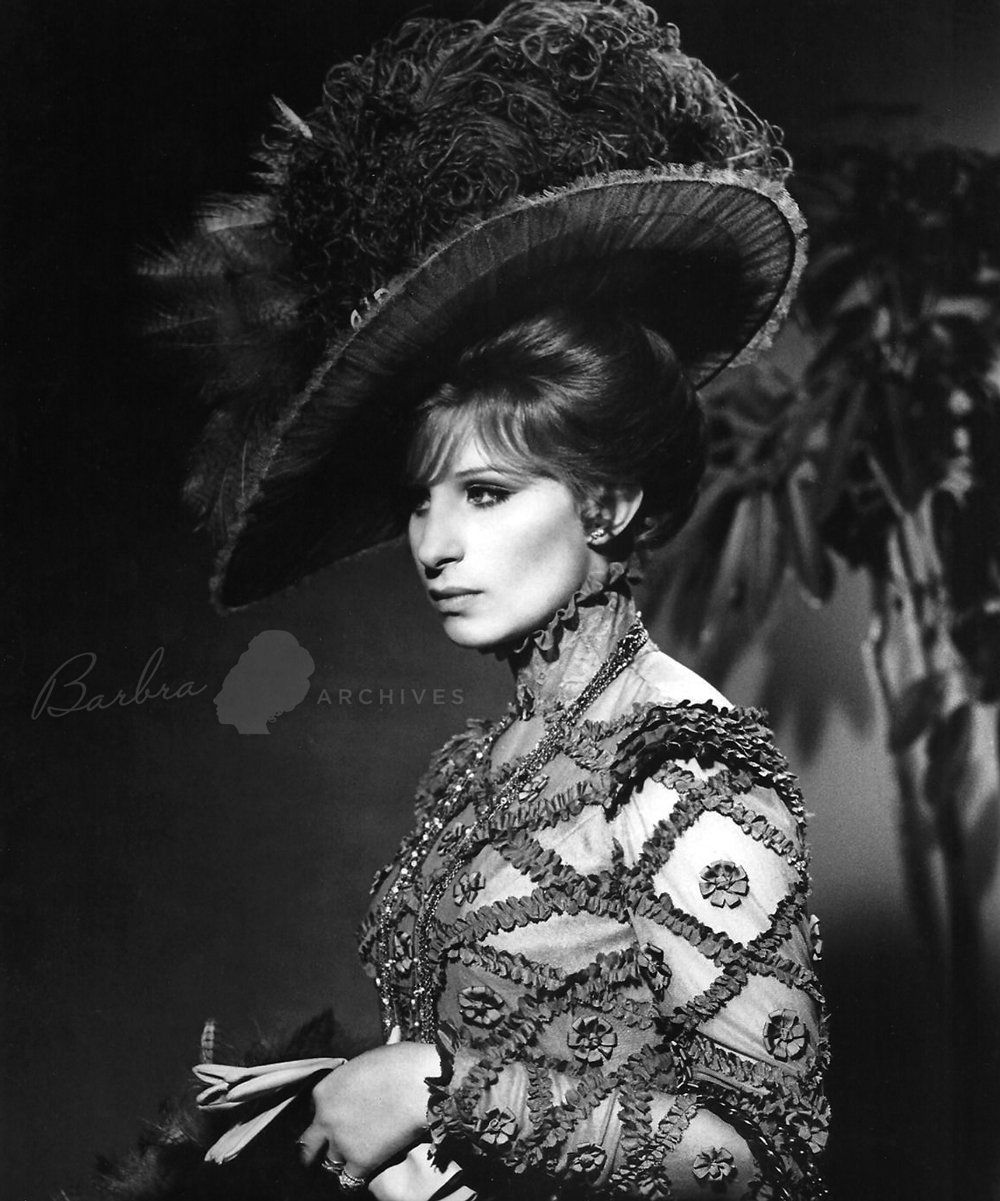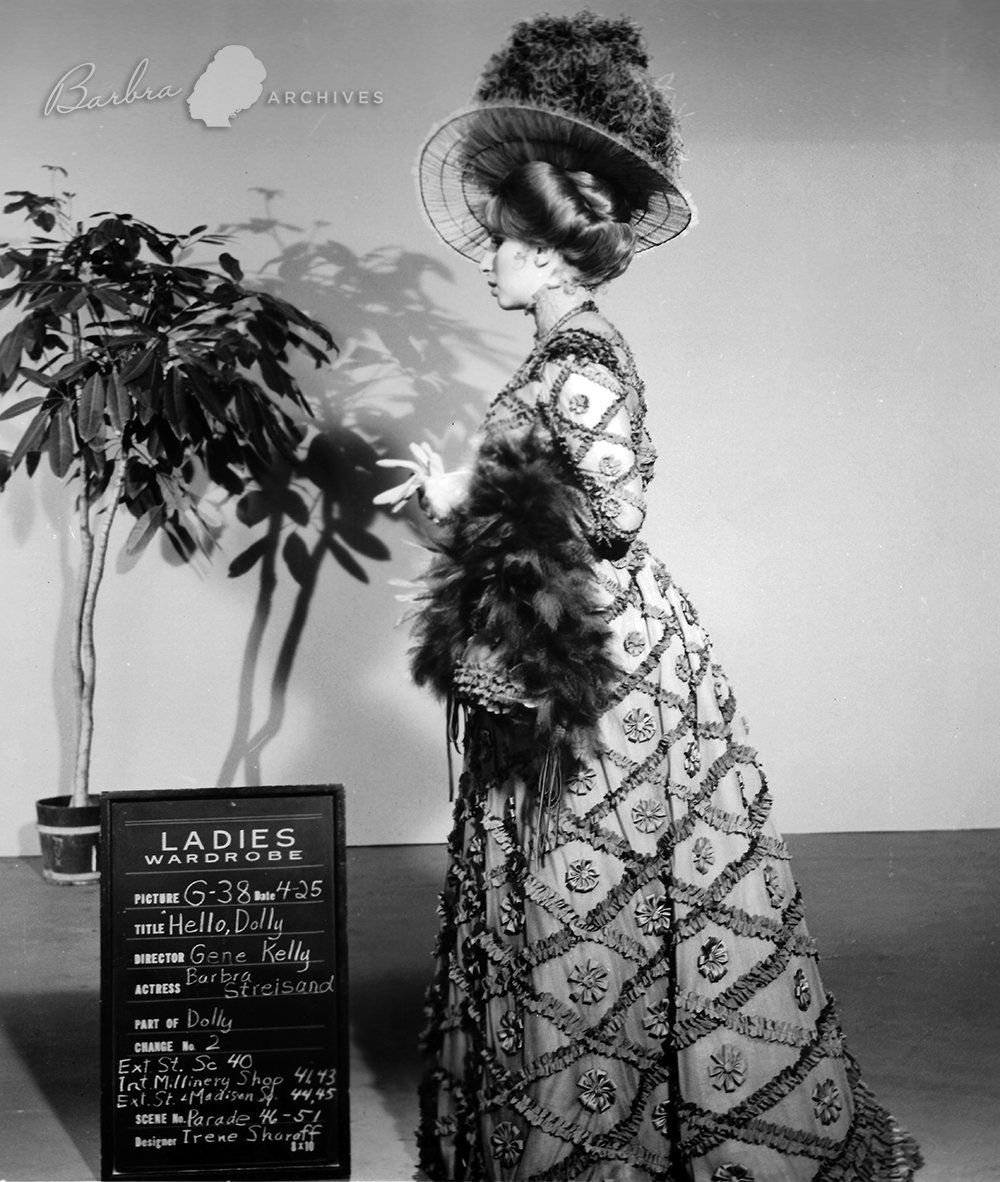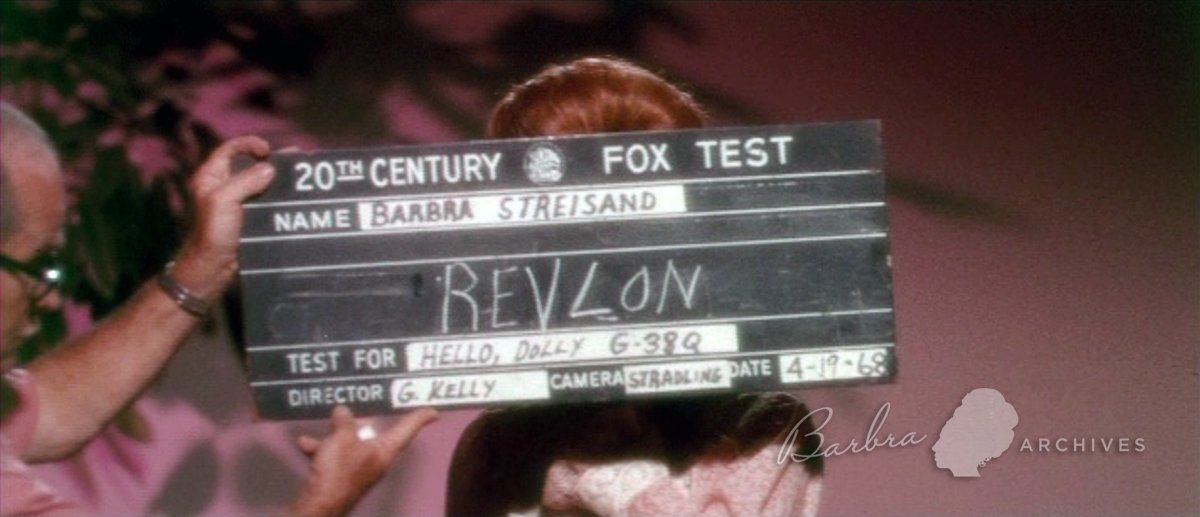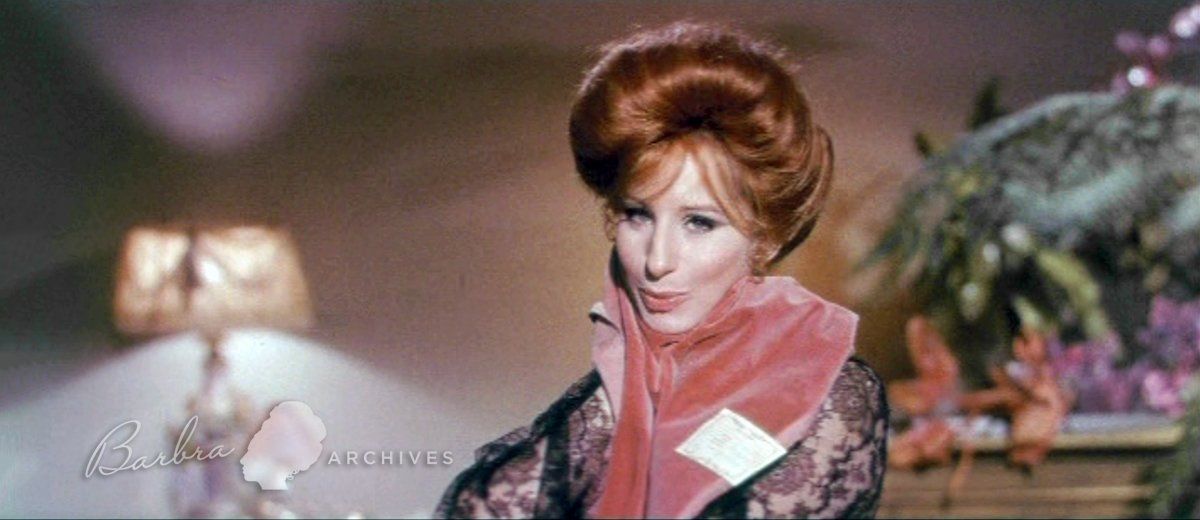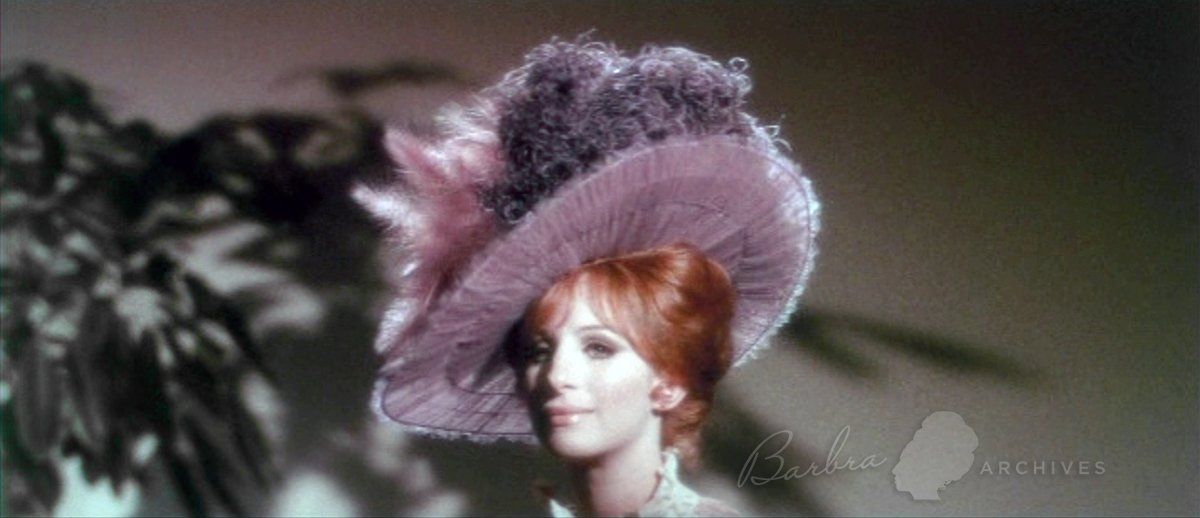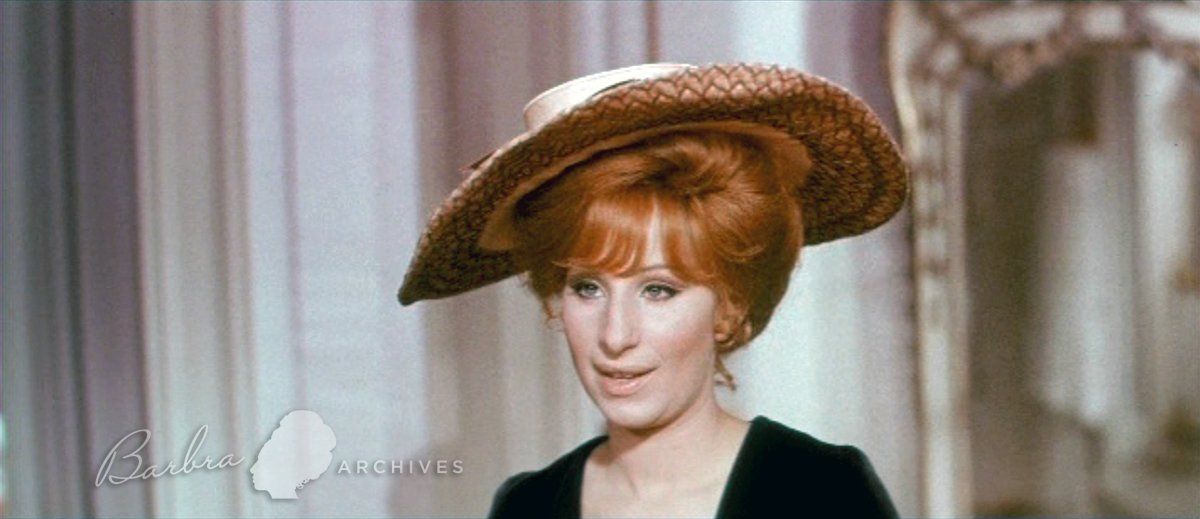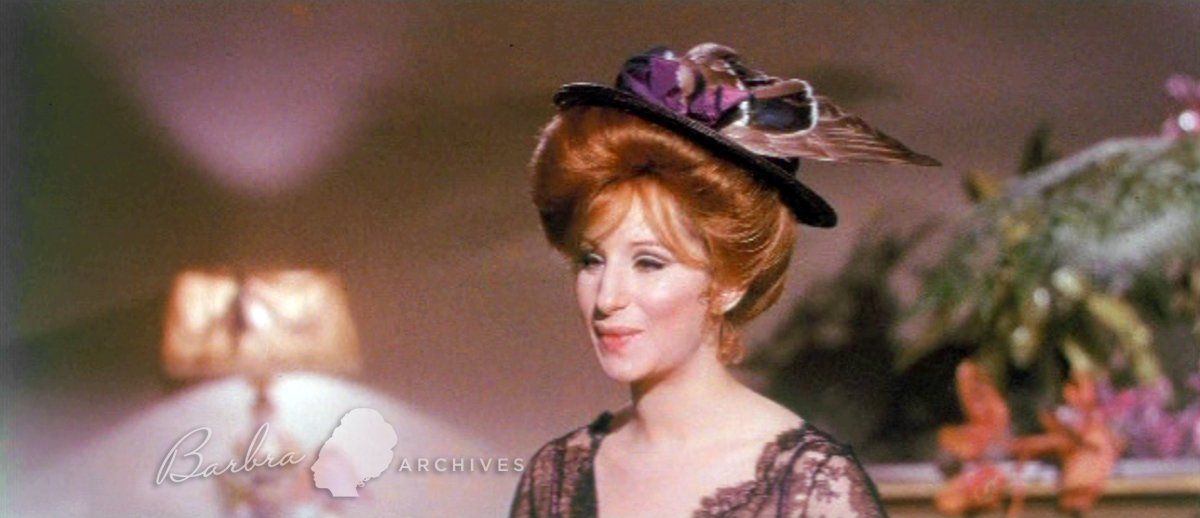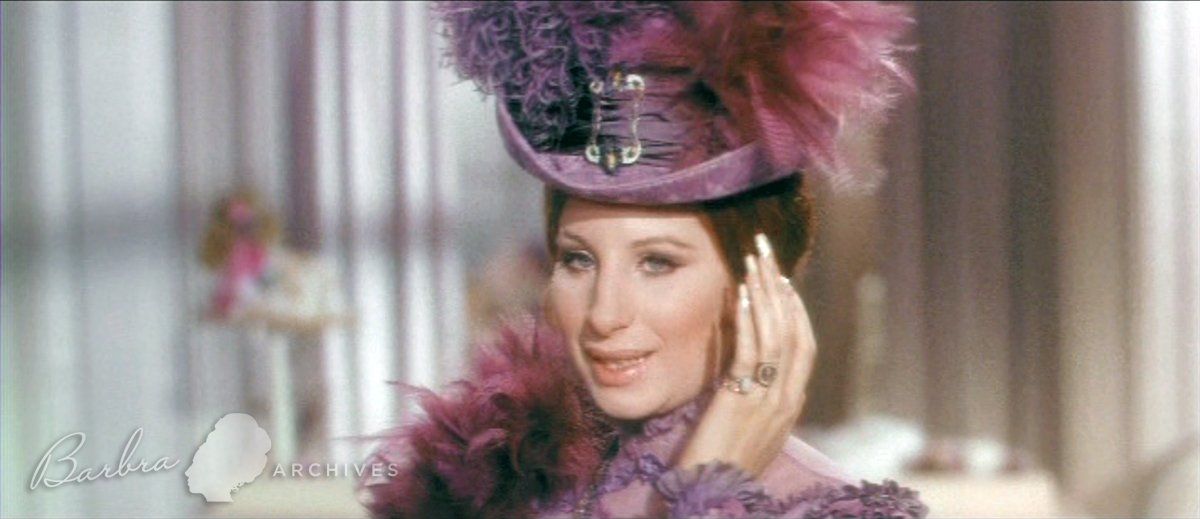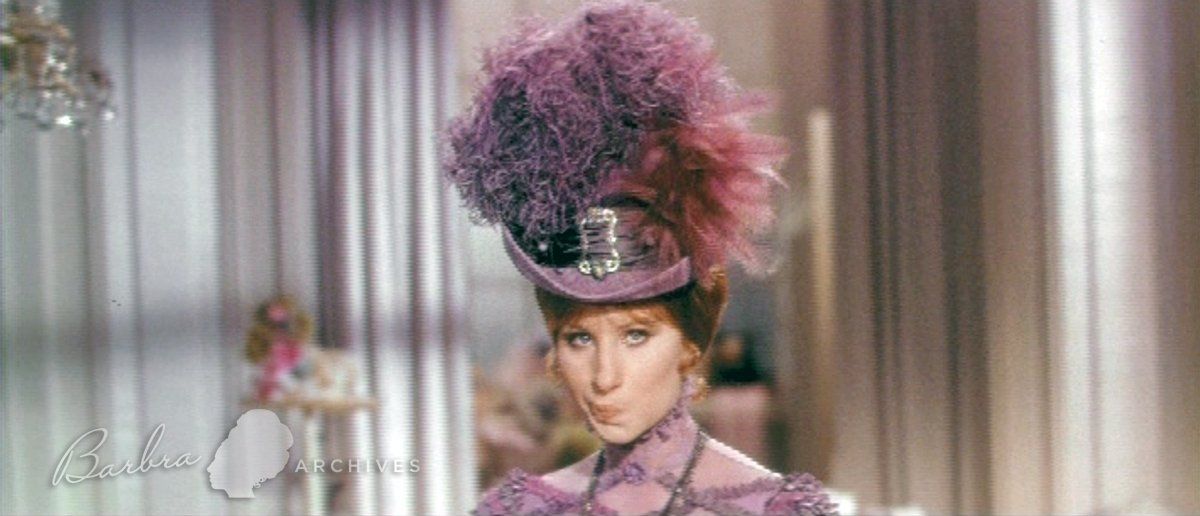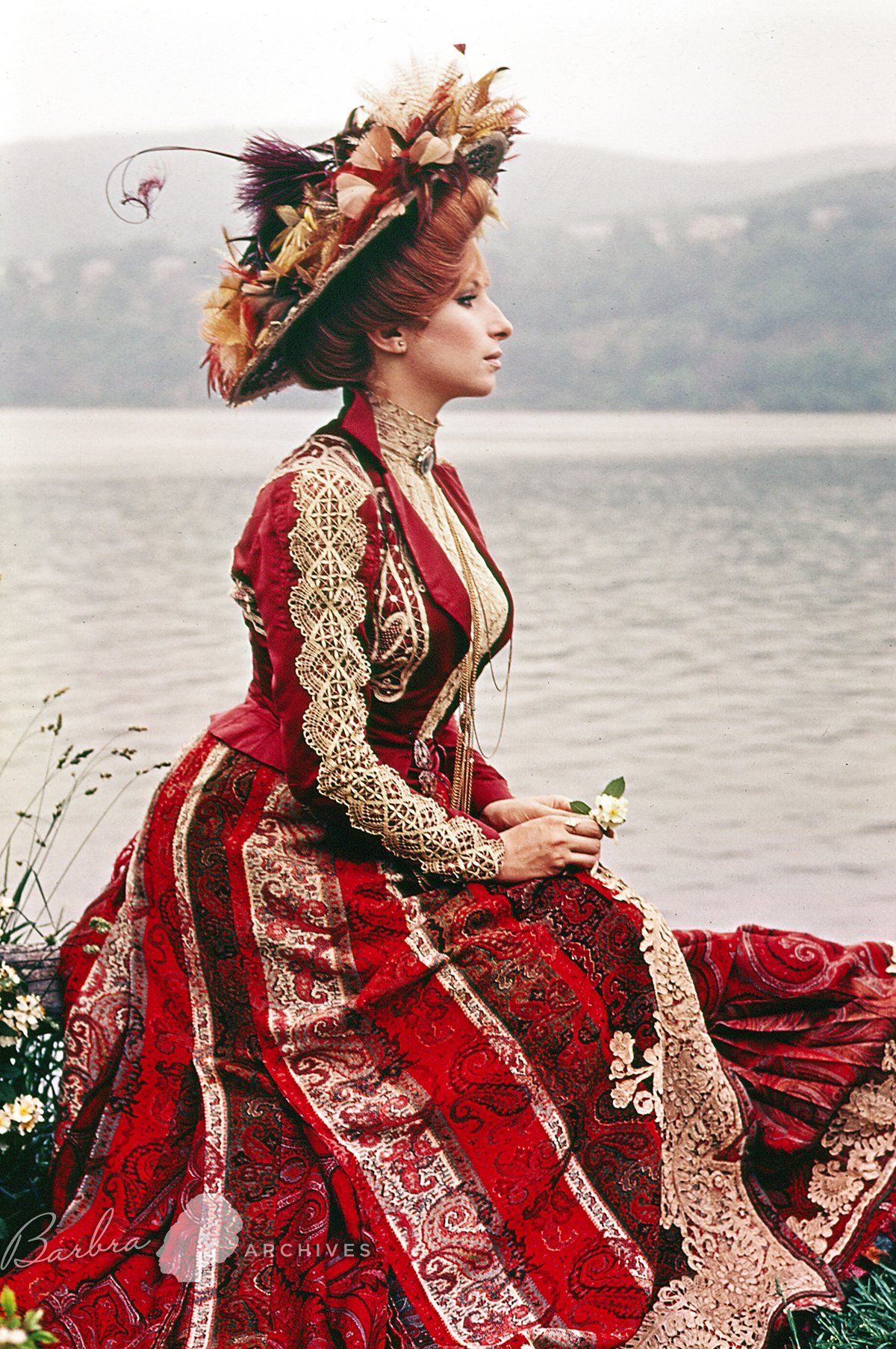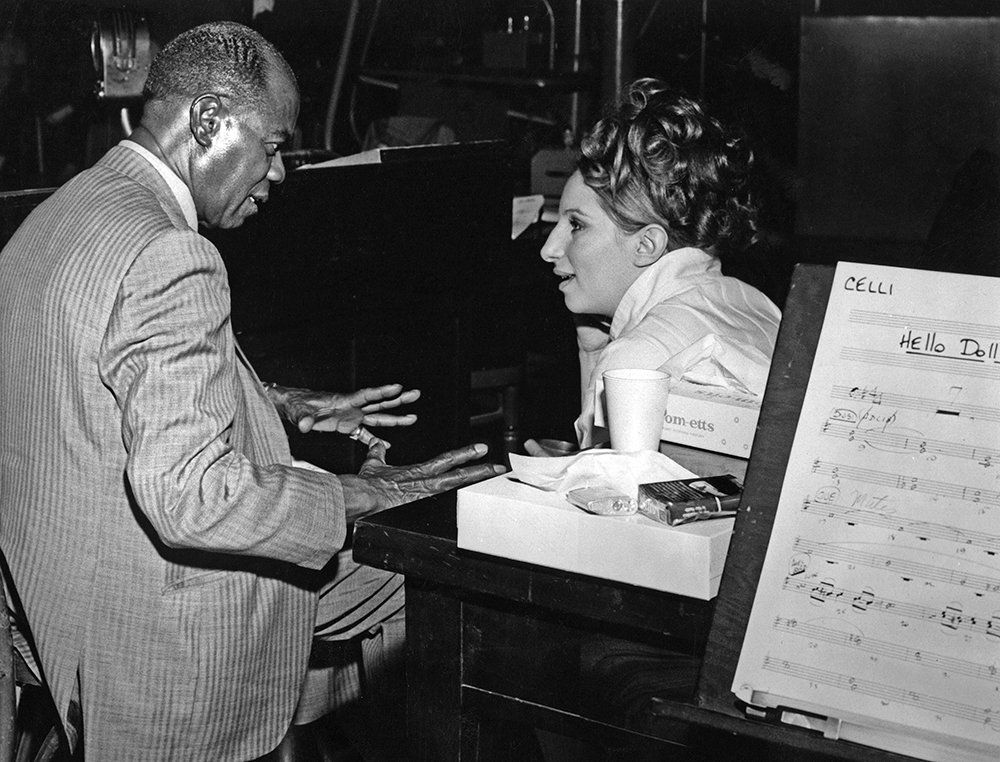Here, in the order in which they are credited, are Hello, Dolly!'s orchestrators:
Philip J. Lang – Lang was known for as a Broadway arranger, having worked on the stage production of Hello, Dolly! (1964), as well as Mame (1966), and Annie (1977). For the 1969 movie, Lang arranged “It Takes A Woman” for Matthau and the men. He is also credited for the orchestration of the title song, as well as the “Finale.” He is co-credited (with Alexander Courage) on the “Waiter’s Galop.” Streisand explained that for the song “Hello, Dolly!”, “I always thought it should be a little slower at the beginning, a little out of tempo; dealing more specifically and personally with each one of the waiters.”
Lennie Hayton – Although Hayton helped supervise all the music, he is only credited for two cues. He arranged the exciting up-tempo version of Streisand’s “So Long Dearie.” He is also credited for the “one more time!” reprise of “Hello, Dolly!” For “Dearie,” Streisand said, “When I first saw it on the stage, I thought to myself, oh gee … that should be twice as fast. It should be as fast as one can understand the words. Cause I was thinking maybe I would do the song on one of my personal albums. So now, when it turns out that I’m doing the movie, I said, Oh good, I would like to do ‘So Long Dearie’ like this, and they geared the whole staging of the number around the kind of tempo and interpretation of the way I want to do it now. And I think it turned out rather well.”
Herbert Spencer – The big “Dancing” number was broken into several parts. Herbert Spencer arranged the first two parts, then shared the rest of the number (including the dance music) with Philip J. Lang. Spencer also arranged “Love is Only Love,” although Alexander Courage wrote the orchestration. Finally, Spencer arranged the film’s “Entr’acte.”
Alexander Courage – He began his career at MGM, orchestrated for composers like André Previn and John Williams, and is most famous for the Star Trek TV theme. Courage was very involved in the Hello, Dolly! arrangements, mostly writing the music that underscored and bridged scenes. The “Clip Clop / Call on Dolly” music that opens the movie was adapted and arranged by Courage; as was the “Main Title.” In addition, he composed the orchestral music that bridged the scene to Dolly’s reprise of “It Takes A Woman.” That cue came right after Streisand says, “Just keep all your thoughts on that lovely Irene Malloy!” Another musical cue by Courage was underneath Streisand’s first “Ephraim” monologue in Yonkers (“Not acquaintances, Ermengarde, friends …”) More comedic cues were written by Courage to underscore the antics in Irene Malloy’s hat shop: “Mrs. Mortimer’s Hat,” “Wolf Trap,” “Sticky Foot,” “Closet Feather,” and “The Vandergelder Stomp.” For the big “Dancing” number, it appears that Courage arranged its finale, including the slow “Lovers in the Park” section right before Irene interrupts Dolly on the park bench. All the music following Streisand’s slow, ballad version of “Before the Parade Passes By” was by Alexander Courage – the underscoring of the Ephraim monologue, Dolly’s vocals running to catch the parade, the parade itself, and the finale of the song. Courage then orchestrated “Love is Only Love” and had a hand in the “Waiter’s Galop.” He wrote the underscore for the bridge between part one and two of “It Only Takes A Moment,” as well as Streisand’s “Goodbyes” in “So Long, Dearie.” The “End Title” was done by Courage, too.
Don Costa – Costa worked with Streisand often on her Columbia Records albums. For Dolly, Costa arranged her ballads. He worked on “It Takes A Woman (Reprise)” and the opening, slow version of “Before the Parade Passes By.”
Warren Barker – Barker had the privilege of arranging the big number, “Put On Your Sunday Clothes” as well as “Elegance.” Fans of the TV show Bewitched will be interested to know Barker composed the incidental music for that series.
Frank Comstock – He arranged just one song for the film, the opening number “Just Leave Everything to Me.”
Joseph Lipman – He arranged “Ribbons Down My Back” and “It Only Takes A Moment.”
In 1997 Jerry Herman reflected on the film version of Hello, Dolly! “I like the film more every time I see it,” he said. “And it's a great credit to Barbra because she knew she was too young. She's a smart cookie. She knew she was 27 years old playing a 60-year-old woman. And she devised a way to do it that works today, that's lasted. She used that kind of pseudo Mae West, you know, whatever she devised. She's just so clever. And my God, she sang the hell out of it. I love the film much more than I did when it was released.”

